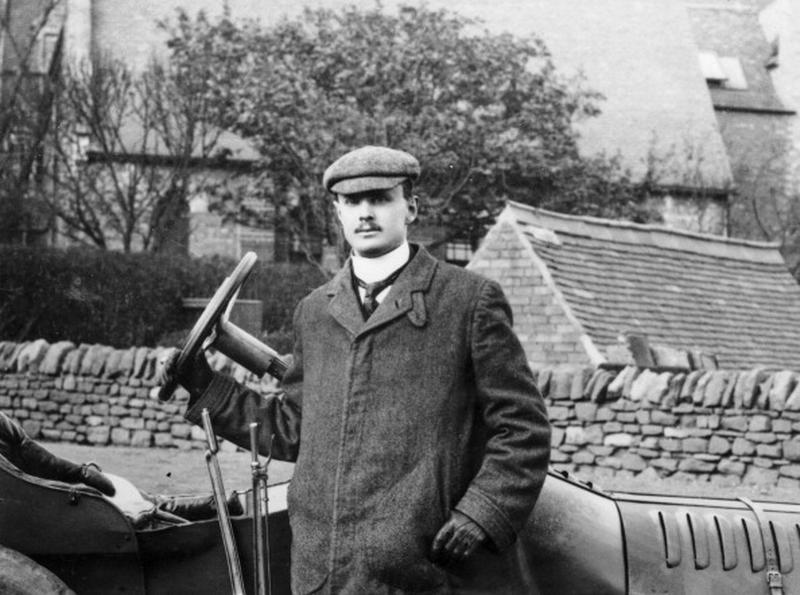Rolls And Royce
By | October 6, 2019

Charles Rolls was the man with the “dough” but he needed the expertise of Henry Royce to make Rolls-Royce vehicles what they were and history was made with Rolls-Royce cars being the vehicle of choice for the rich and famous.

In 1884, after being apprenticed to the Great Northern Railway, Royce founded the mechanical and electrical engineering firm Royce Ltd, Manchester, who produced such things as electric cranes, dynamos and arc lamps. After finding that his Deauville motor car was unreliable he decided to design and build his own. Royce's first motor car was made in 1904, a car that so impressed his friend Charles Rolls that in 1906 they formed the motor car and aero-engine manufacturers Rolls-Royce Ltd.
Henry Royce definitely was not born with a silver spoon in his mouth. He was born in 1863 in Alwaton, Huntingdonshire. As the youngest of five children, his father’s flour mill business failed and they moved to London where his father died in 1872. Royce was forced to help out the family by selling newspapers as well as doing other odd jobs. As a result, he was only able to get one year of school in; but, at around the age of 15, he was able to obtain an apprenticeship with the Great Northern Railway even though it only lasted three years. He then went on to work with the Electric Light and Power Company. Eventually, he and a friend of his started a business and called it F. H. Royce and Company where they made electric fittings.
When Royce took an interest in motor cars, he manufactured one of his own and then made two more of which he sold. One of the people he sold one to turned out to be a friend of Charles Rolls. It was through him that Henry Royce and Charles Rolls met. Rolls was so impressed that they created the partnership, and the rest, of course, is history.

Charles Rolls had quite a different background than Royce. Born in 1877, in Berkeley Square, Charles Stewart Rolls was a forerunner in aviation and motoring. Rolls attended preparatory school in Berkshire and later went to Trinity College, Cambridge. He bought his first car in Paris in 1894 - a Peugeot and, in 1897, became a founder member of the Automobile Club of Great Britain. With his engineering background that he obtained through his studies and his love of cars, as well as his father’s money, he was able to start one of the first car dealerships in Great Britain. Up until the time he met and became partners with Henry Royce, he sold Peugeots and Minervas.
Sadly, at the age of only 32, he was killed in an aeronautical accident with an aircraft. The tail end of his Wright Flyer broke during a display.


The Rolls-Royce 20 was produced between 1922 and 1929 with 2,940 of them produced. The two body styles of this model were the 4-door convertible and the 4-door sedan, both with front-engine rear-wheel drive and 3 or 4-speed manual transmissions. These cars were sold mainly to those owners who chose to drive the cars themselves and not so much the owners who had chauffeurs. Rolls-Royce only made the mechanical parts and framework (or chassis) while the customers chose the body.
From the Silver Ghost (1907) right up to the Rolls-Royce cars of the 1980s and BMWs of the 1990s, the merging of Rolls and Royce has helped produce cars that have been linked to the wealthy, the famous, and even royalty. Actors and actresses are first in line when it comes to riding in style in a Rolls-Royce usually by their chauffeurs.

